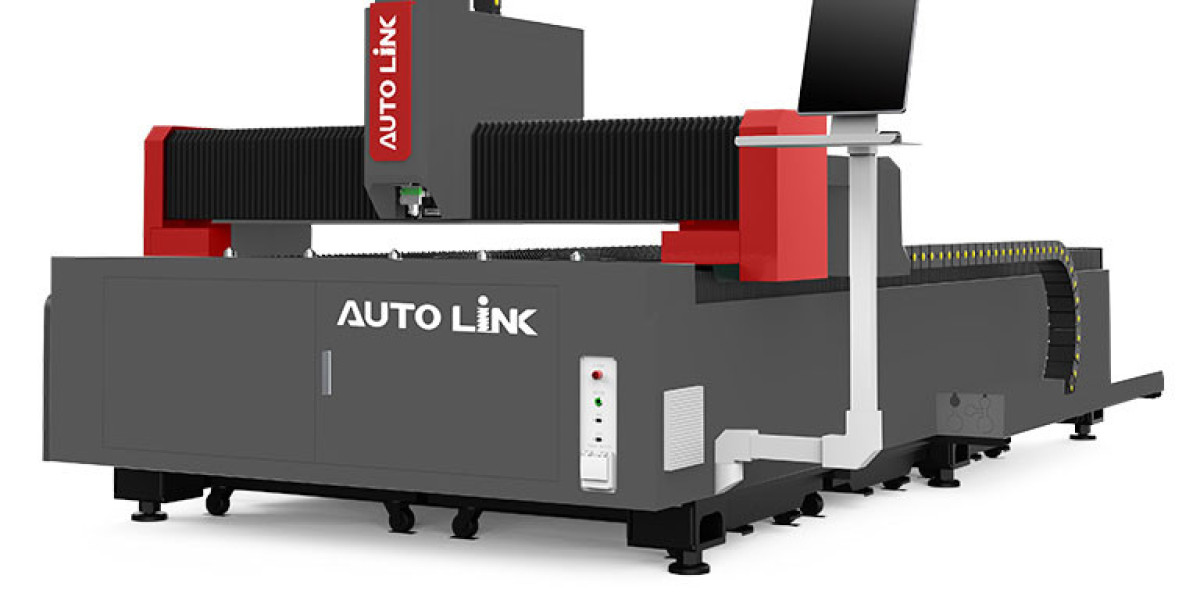
Introduction
Laser cutting machines have revolutionized various industries by offering precision, speed, and versatility in cutting a wide range of materials. Whether you’re a hobbyist, a small business owner, or part of a large manufacturing company, understanding the basics of laser cutting machines can help you harness their full potential. In this blog post, we’ll explore the fundamentals of laser cutting, how these machines work, their applications, and what to consider when choosing one for your needs.
What is Laser Cutting?
Laser cutting is a technology that uses a high-powered laser beam to cut, engrave, or etch materials. The laser beam is directed through optics and computer numerical control (CNC) to follow a design path precisely. This process allows for intricate designs and complex shapes that are difficult to achieve with traditional cutting methods.
How Do Laser Cutting Machines Work?
- Laser Generation: The machine generates a laser beam using a laser resonator. The most common types of lasers used in cutting are CO2 lasers, fiber lasers, and Nd lasers.
- Beam Delivery: The laser beam is directed towards the material through mirrors or fiber optics.
- Focus: The beam is focused through a lens to a very small, precise point, creating a high-intensity area capable of cutting through the material.
- Cutting: The focused laser beam melts, burns, or vaporizes the material along the designated path. The cutting process can be controlled by adjusting the laser power, speed, and focus.
- Assist Gas: An assist gas (such as oxygen, nitrogen, or air) is often used to blow away the molten material and achieve a cleaner cut.
Types of Laser Cutting Machines
- CO2 Lasers: These are the most common type, suitable for cutting non-metal materials like wood, acrylic, glass, and some plastics.
- Fiber Lasers: These are more efficient for cutting metals, including stainless steel, aluminum, and copper, due to their high power density and precision.
- Nd: Lasers: These are typically used for applications requiring very high power, such as thick metal cutting or engraving.
Applications of Laser Cutting Machines
- Manufacturing: Creating precise components for machinery, automotive parts, and electronics.
- Signage and Advertising: Cutting and engraving materials for signs, displays, and promotional items.
- Textile Industry: Cutting fabrics with precision and creating intricate patterns.
- Jewelry Making: Designing and cutting detailed pieces from metals and other materials.
- Medical Devices: Fabricating intricate and precise components for medical instruments and devices.
Advantages of Laser Cutting
- Precision: High accuracy and ability to create intricate designs.
- Speed: Faster than traditional cutting methods, especially for complex shapes.
- Versatility: Can cut a wide range of materials.
- Quality: Clean cuts with minimal material wastage and need for post-processing.
- Automation: Easily integrated with CNC systems for automated and repeatable processes.
Considerations When Choosing a Laser Cutting Machine
- Material Type and Thickness: Ensure the laser is compatible with the materials you intend to cut.
- Power Requirements: Higher power lasers can cut thicker materials but are also more expensive.
- Bed Size: Consider the maximum size of the material you will be working with.
- Precision and Speed: Depending on your project requirements, choose a machine that balances precision and speed.
- Software Compatibility: Ensure the machine’s software is compatible with your design files and easy to use.
- Cost: Factor in the initial investment, maintenance costs, and potential return on investment.








